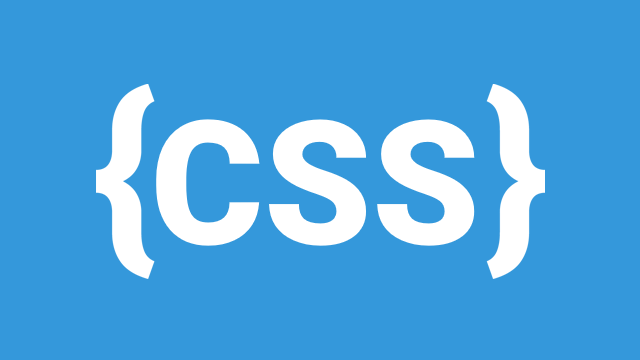
CSS Grid is a powerful layout system in CSS that allows developers to create complex web designs easily. Unlike older methods like floats or Flexbox, Grid provides a two-dimensional approach, meaning you can control both rows and columns simultaneously.
1. Introduction to Grid Layout
CSS Grid Layout is a system designed to arrange content in a structured grid format. It provides a way to define rows and columns explicitly, giving you more control over the layout of your webpage.
Why Use CSS Grid?
- It simplifies complex layouts.
- It eliminates the need for excessive use of floats and positioning.
- It offers better alignment and spacing.
- It works seamlessly with responsive design.
To get started, you need to define a grid container using display: grid;.
Example:
.container {
display: grid;
grid-template-columns: 100px 100px 100px;
grid-template-rows: 50px 50px;
}
This code creates a grid with three columns of 100px width and two rows of 50px height.
2. Grid Container and Grid Items
Grid Container
A Grid Container is an element with display: grid; that contains Grid Items. It serves as the parent element where you define the structure of your grid.
Grid Items
The direct child elements of the Grid Container are called Grid Items. These items are placed inside the grid according to the layout rules.
Example:
.container {
display: grid;
grid-template-columns: 1fr 2fr 1fr;
grid-template-rows: auto auto;
gap: 10px;
}
.item {
background-color: lightblue;
padding: 20px;
text-align: center;
}
Here, the columns are divided into three parts:
- The first column takes 1 fraction (
1fr). - The second column takes 2 fractions (
2fr). - The third column takes 1 fraction (
1fr).
This method ensures a flexible and responsive grid layout.
3. Grid Template Areas
Grid Template Areas allow you to assign names to different sections of your layout, making your code more readable and maintainable.
Example:
.container {
display: grid;
grid-template-areas:
"header header"
"sidebar content"
"footer footer";
grid-template-columns: 1fr 3fr;
grid-template-rows: auto;
}
.header { grid-area: header; }
.sidebar { grid-area: sidebar; }
.content { grid-area: content; }
.footer { grid-area: footer; }
This approach makes it clear what each section represents, improving code organization.
4. Grid vs Flexbox
Both CSS Grid and Flexbox are modern layout techniques, but they serve different purposes.
When to Use Flexbox?
- When you need dynamic alignment of items.
- When working with navigation bars or simple components.
Conclusion
CSS Grid is a game-changer for web layouts, allowing developers to build complex and responsive designs effortlessly. By mastering Grid Containers, Grid Items, and Grid Template Areas, you can create flexible and structured layouts with ease. Understanding when to use Grid versus Flexbox will further improve your web development skills.
Start experimenting with CSS Grid today and take your web designs to the next level!
Leave a Comment